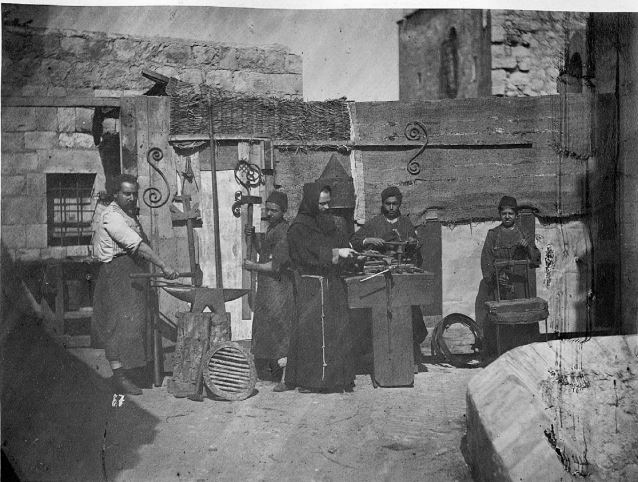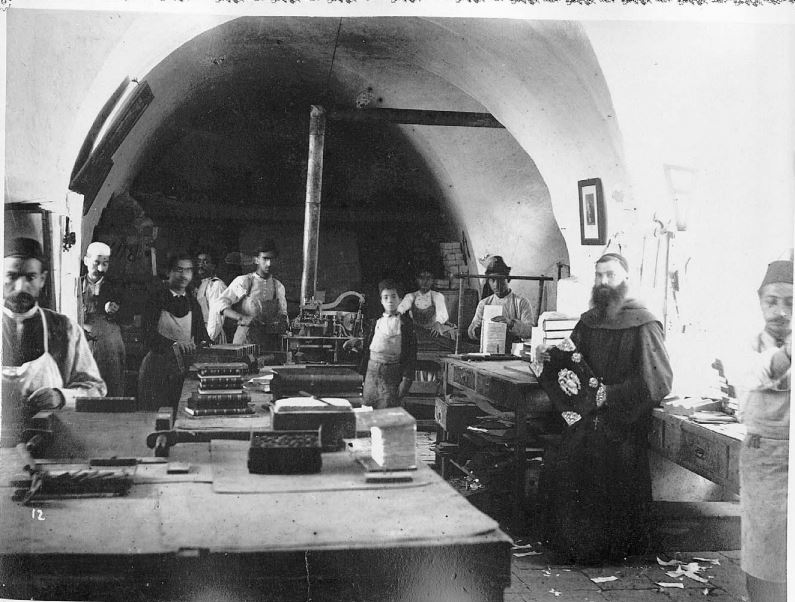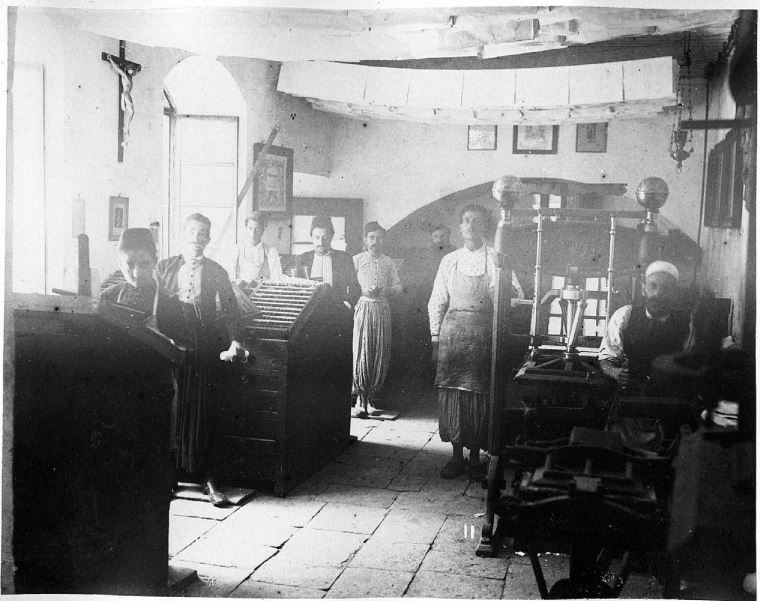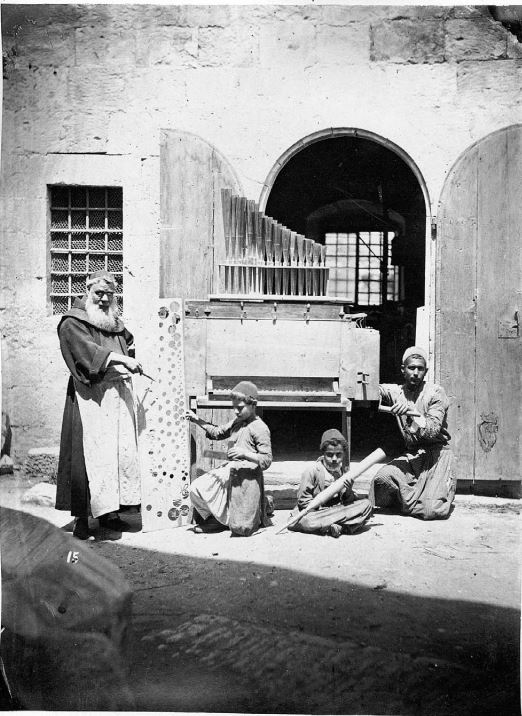The history of the Catholic parish of Bethlehem at the heart of the Terra Sancta Museum
You all know Bethlehem, the Nativity, its grotto and its star, where you have perhaps been able pray while on a pilgrimage in the Holy Land. But did you know that in the shadow of this shrine there flourishes one of the most lively parishes in the Holy Land, with its several thousands of faithful, who have been in the care of the Franciscans since the 14th century? The Terra Sancta Museum will return to this common history and the pastoral enthusiasm of the friars in a room consecrated to the local Church.
With its several thousands of parishioners, Bethlehem is today one of the largest parishes in the Holy Land. This is not very surprising for the city that is home to the birthplace of Christ. Nevertheless, it remained for a long time a relatively quiet village, in the shadow of Jerusalem (“The Holy One”) until its progressive and constant development by the arrival of the Franciscan friars in the 14th century.

Betlemme all’inizio del XIX secolo
The Franciscan missionaries settled in Bethlehem permanently in 1347, the year when the Mameluke power granted the Franciscans the official custody of the Grotto of the Nativity, jointly with the Greek Orthodox, then the right to enjoy the basilica and to provide for its maintenance. However, in that period, there were already several secular Christian parishes.
It was not, however, until the 14th and 17th centuries that this parish underwent its greatest growth. The forerunners of educational and vocational initiatives in the Holy Land, the friars transmitted and taught the art of mother-of-pearl and marquetry and opened the first Catholic school for boys in the Holy Land (in 1598), which is still active today and is certainly one of the oldest in the world!
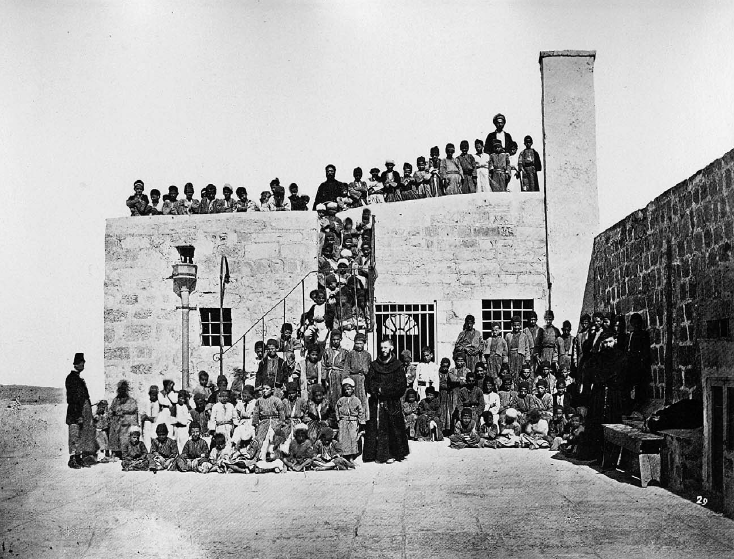
If, in parallel, this training met a need of the friars in relation to their mission of welcoming pilgrims (through the development of local craftsmanship and teaching foreign languages) it contributed above all to developing an economic fabric of craftsmen, merchants and shopkeepers for the benefit of numerous Palestinian families. Since then, the art of mother-of-pearl has been raised to the rank of Palestinian cultural heritage; a room in the museum will be consecrated to it, which will pay tribute to the Palestinian genius and expertise and will present the work of different Bethlehem families and workshops such as the Mickel, Sabat, Zoughbi, Al Ama, Abu Fheleh, Dabdoub and Rock families. This tradition is still perpetuated in Bethlehem, in particular thanks to the Michele Piccirillo Centre, named after the great Franciscan archaeologist (1944-2008) and the author of “La nuova Gerusalemme Artigianato palestinese al servizio dei Luoghi Santi” (“The new Jerusalem – Palestinian craftsmanship at the service of the Holy Places”).
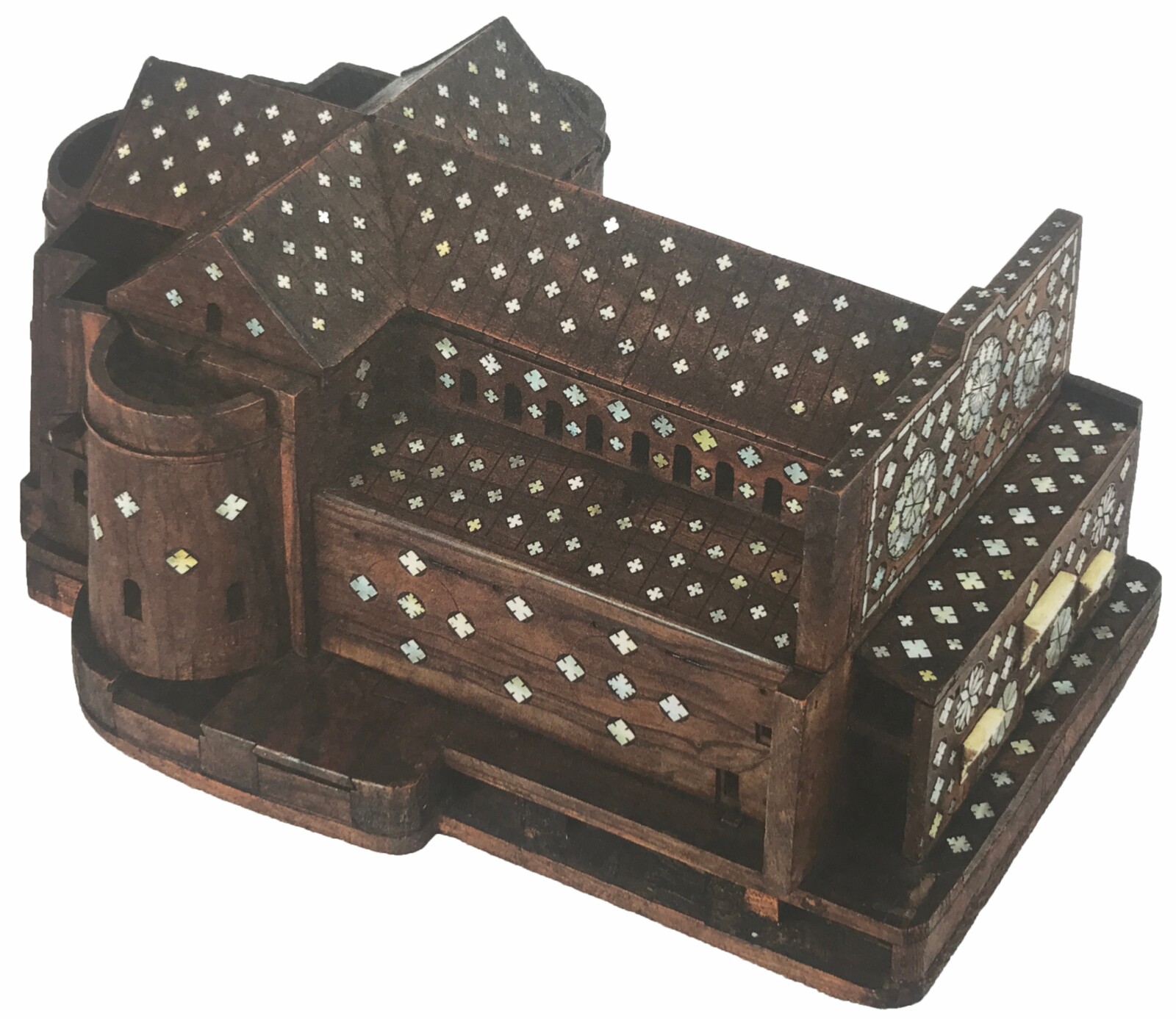
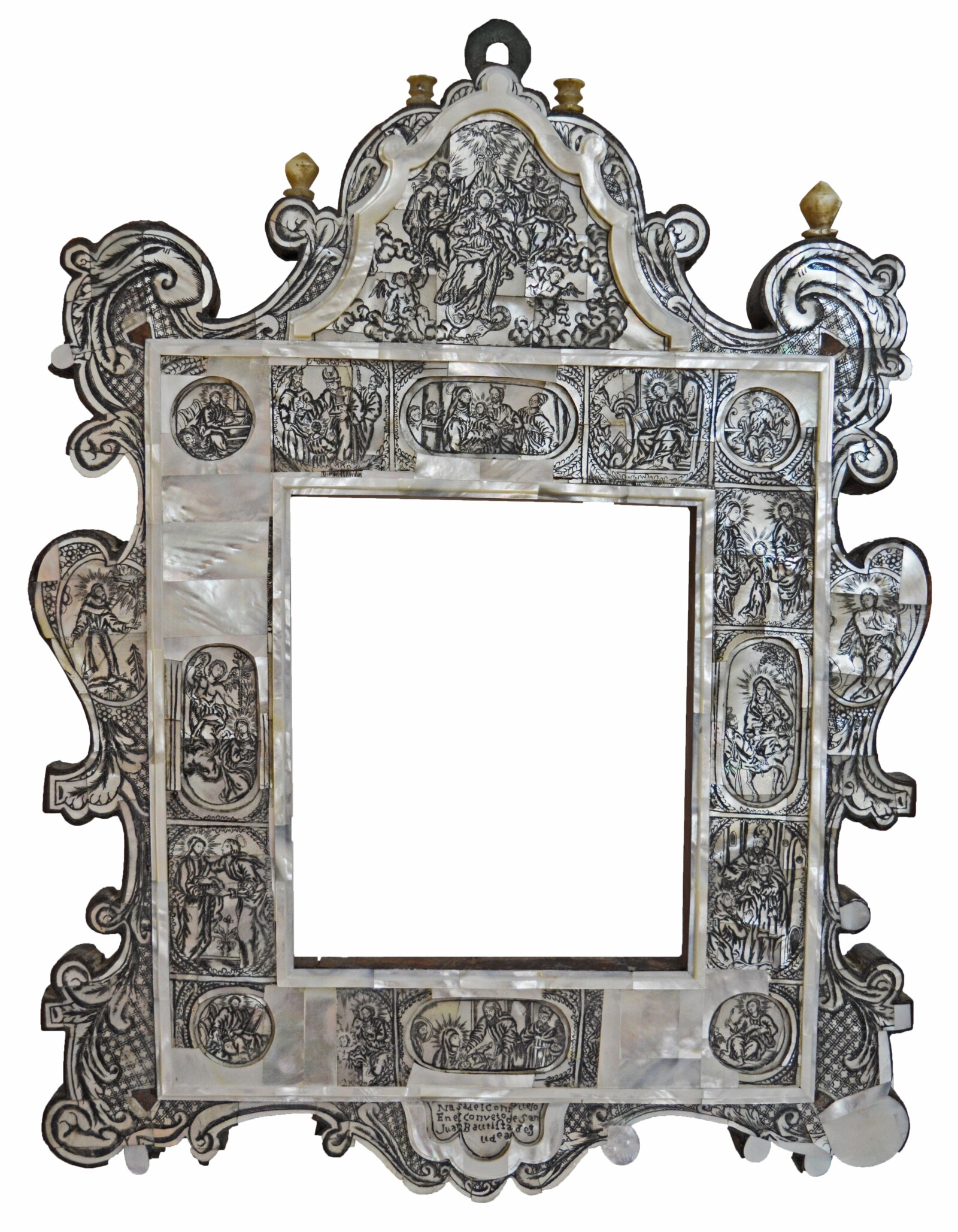
Model of the Basilica of the Nativity and Mother-of-pearl frame (17th century)
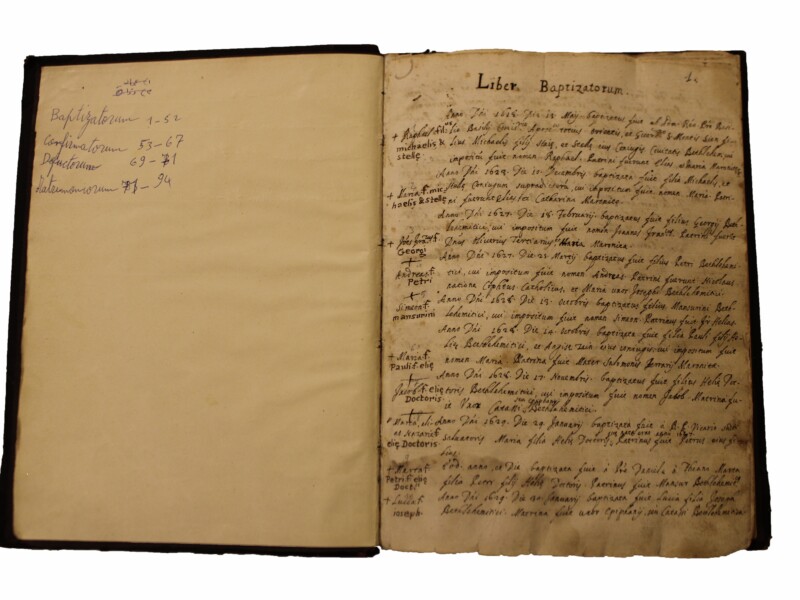
As for the official recognition of the parish of Bethlehem, it dates back to 1628. In this period, the Congregation of the Propagation of the Faith recognized to the Custody of the Holy Land the pastoral care of the villages of Bethlehem jointly with the neighbouring villages of Beit Sahour and Beit Jala. The register of sacraments, where the baptisms of the Catholic parish of Bethlehem between the 16th and the 18th centuries were recorded , is in this regard a precious archival document. It will also be on display at the heart of the room consecrated to the local Church. It bears witness not only to the pastoral activity of the friars well before the parish was officially recognized by Rome, but it has above all a legal function. These registers have the value of birth certifications for the Christians of the Holy Land, allowing them to state, still today, that they have belonged to this Land for centuries.
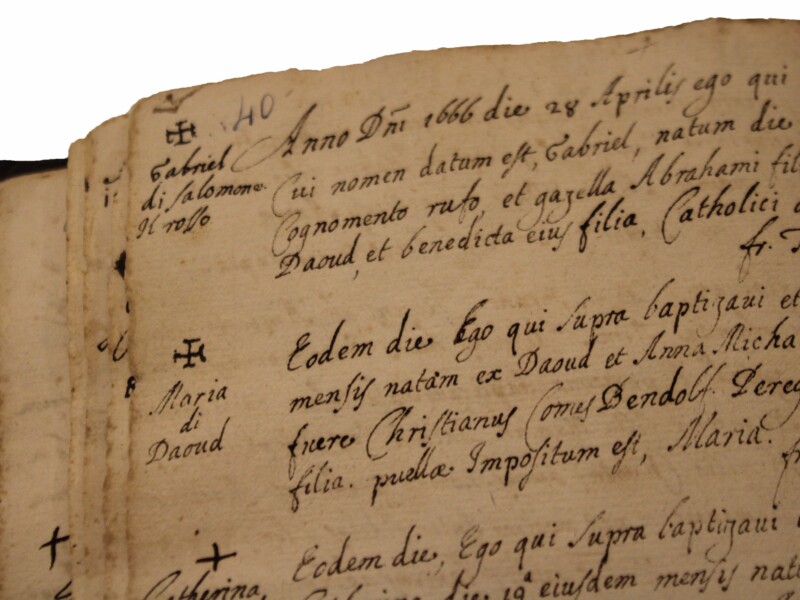
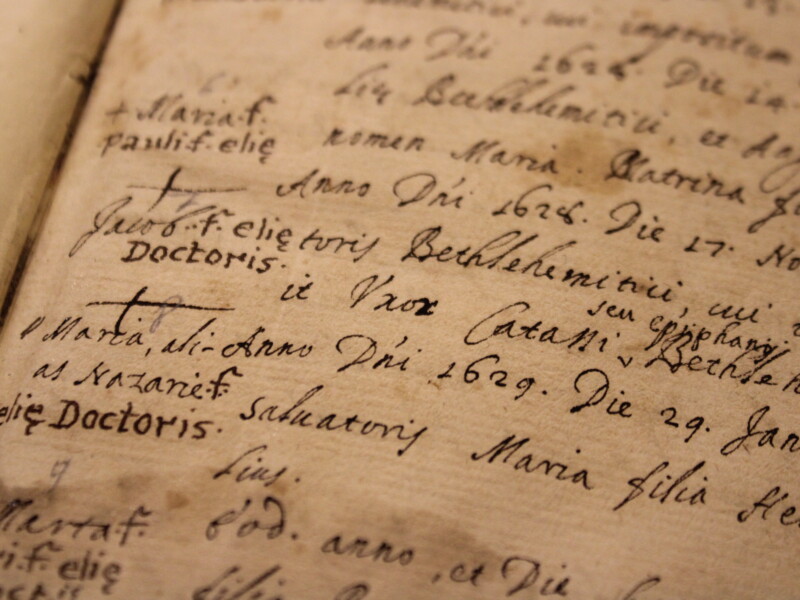
They also tell us with great accuracy how dynamic the Latin Catholic community was and allow us to know, for example, that in 1664 the parish had 128 faithful and 250 more thirty years later! In the 17th century, the Catholics became the majority in Bethlehem and this continued until the early 20th century.
The constant presence of the Franciscans in the Holy Land and their efforts to evangelize it and promote Christian values there was decisive for the development of the local Arab church : the parish of Bethlehem is one example of this. Numerous photographs of the 19th century will show this life shared on a daily basis between the friars and the local communities, both in the shrines and in these “workshops-training centres” of the time, consecrated to different crafts: ironworking, bookbinding, printing or even organ construction.
(Translated from french by Joan Rundo)


